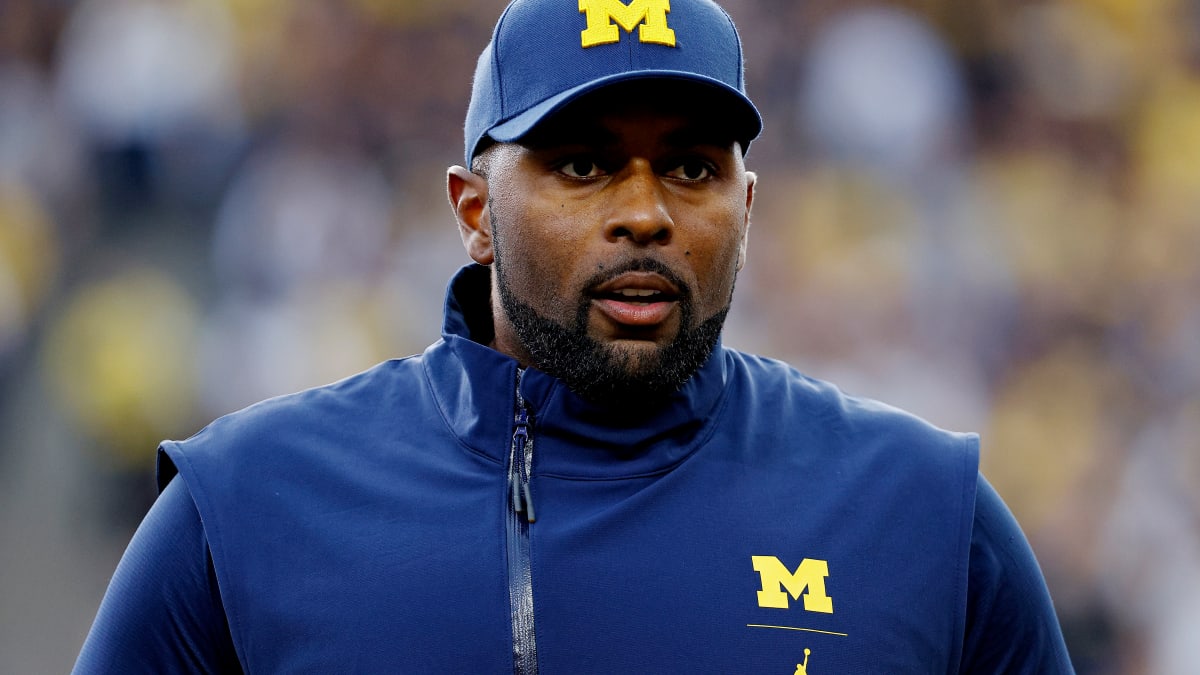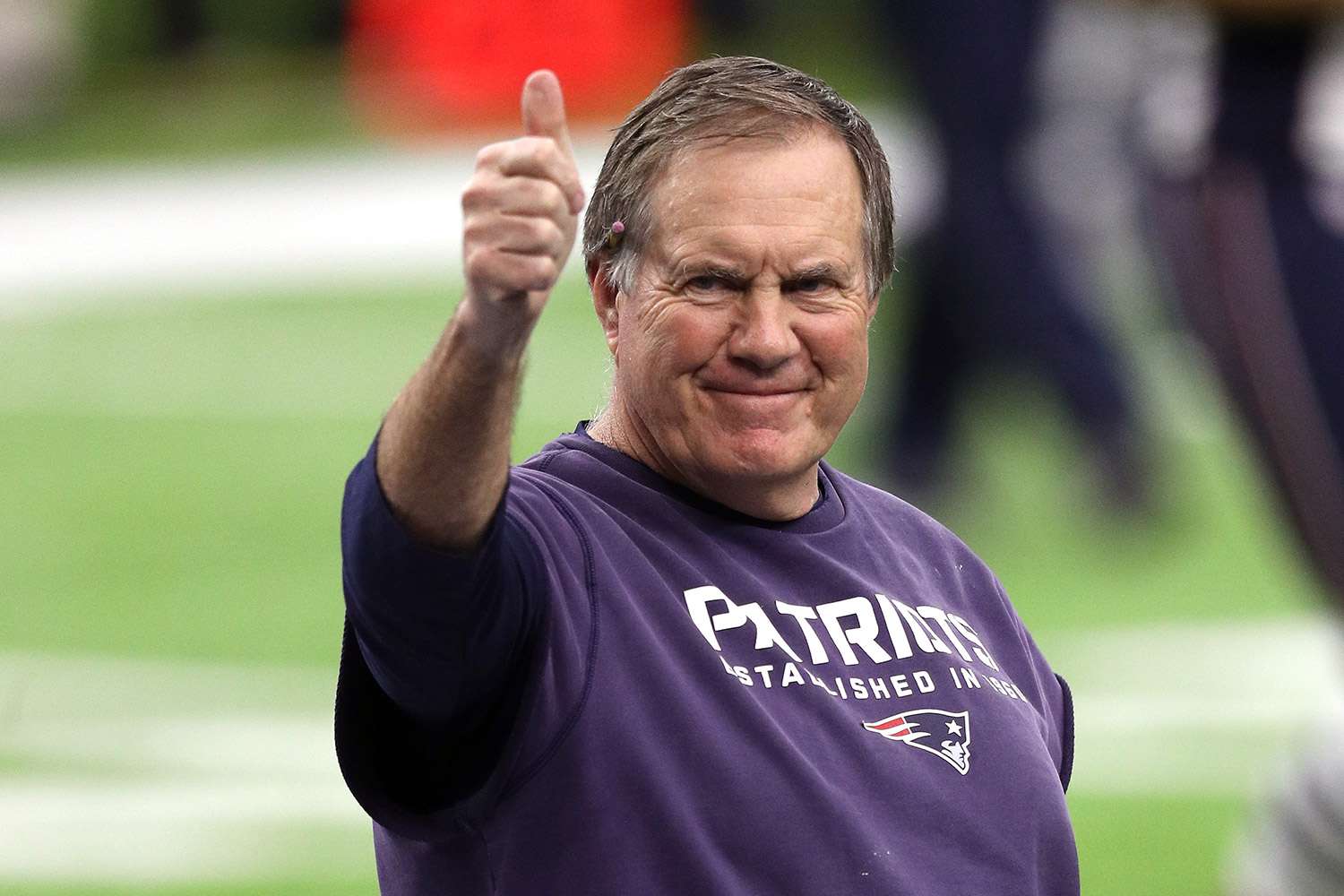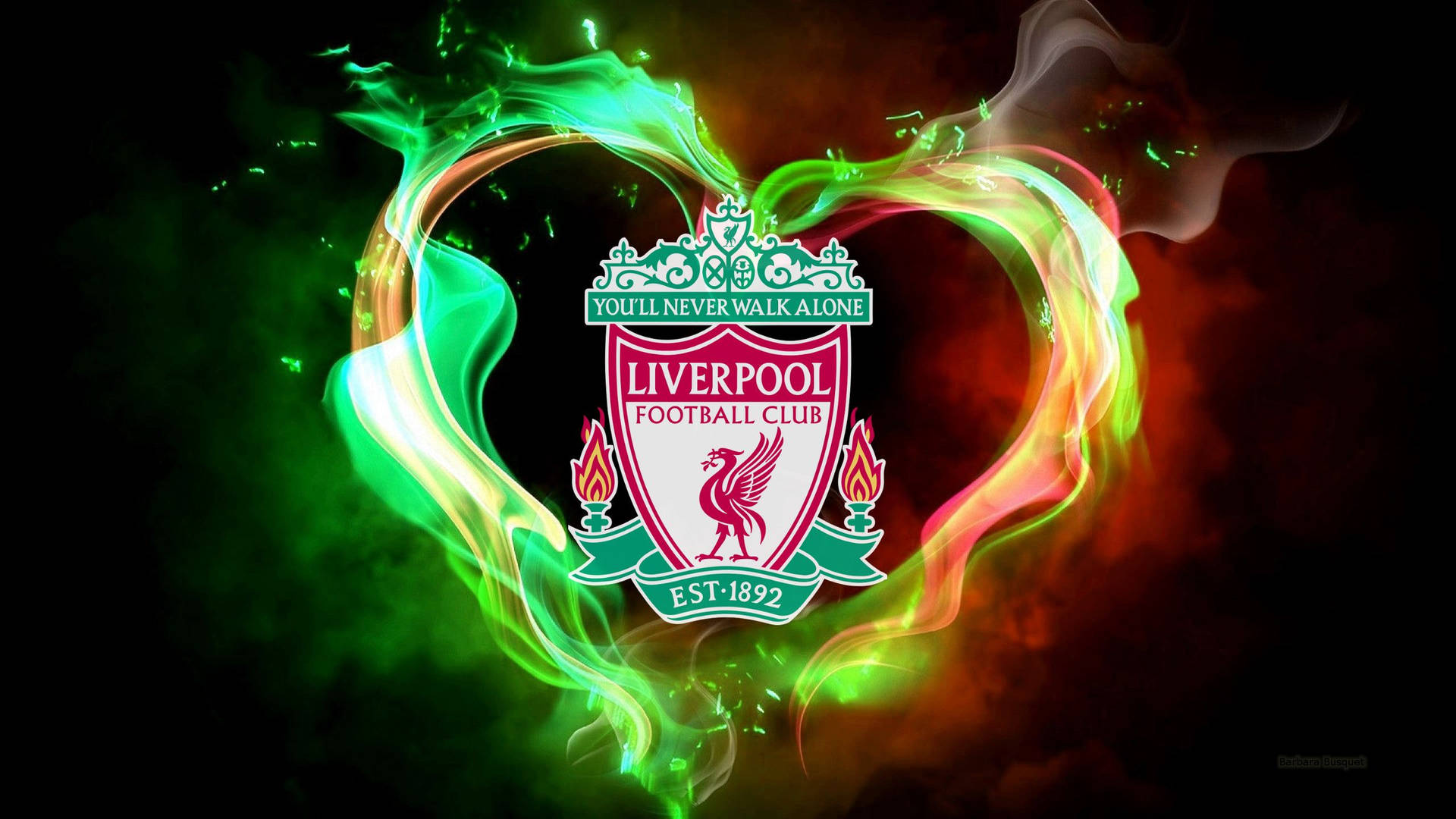To take Blake Corum’s place, who is Michigan football adding?

Sadly, however, Blake Corum will be departing for the NFL after this campaign. Michigan will need a new star back to keep the offense running, and they’ve landed two players in the 2024 recruiting class who can step up to the plate.
See what Michigan’s newest running back commits bring to the table and how they can help fill the void left by Corum.
Jordan Marshall, Archbishop Moeller (OH)
LAKE FOREST, Ill. — Following the Bears’ Week 3 loss to the Kansas City Chiefs, offensive coordinator Luke Getsy took the podium preaching patience. If the Bears kept chipping away at the rock, everything would eventually come together.
“I think we’re in the process of building something special,” Getsy said then. “And I think that we’re in the phase of it’s Week 3 going into Week 4 and we’re going on to find a way to attack Denver in a completely different way than we did Kansas City. That’s a week-to-week challenge that you have. There’s different schemes. There’s different mentalities of coordinators that you’re playing against. Like coach Flus kind of always says, you get 24 hours to enjoy or be sad about whatever the heck happened, and you move on. That’s part of our business. It’s a 17-week process. It is not a three-week process.”
Fourteen weeks into the season, things still haven’t coalesced for Getsy and the Bears’ offense.
In terms of scoring offence, total offence, passing, rushing, third down conversion rate, red zone conversion rate, interception percentage, passer rating, 23rd EPA per play, 19th success rate, and 25th dropback EPA, the Bears are ranked 22nd, 22nd, 27th, and fifth, respectively.
Quarterback Justin Fields ranks 24th in EPA, 28th in success rate, and 23rd in QBR.
There have been bright spots for the offence when playing the Detroit Lions and Washington Commanders. There have been blips of progress, but the execution hasn’t been consistent, and the Bears are pretty much out of time to get it right in 2023.
“I think where we want to go, we know that we have to execute better, period,” Getsy said Thursday at Halas Hall. “More consistently is probably the better way to say it. I think week-to-week — one week I come in here, and we’re saying, ‘We executed well.’ And one week, I come in here, and I say, ‘We didn’t execute well.’
“It’s just taking it and keeping it simple to your fundamentals, your technique, your alignment, your assignment, key and technique and if we keep it simple like that and stay focused and not let what’s happening in the moment change what our responsibility is, we’ll be fine. And I think that’s part of the growth is playing together. It’s a chemistry thing. Guys are starting to get really comfortable with each other. And so you’re starting to see those things pop up that are really cool. That’s what we’re looking for. We’re looking for that promise. We’re looking for that growth. And if we can hit this consistently, I think we’re just gonna take off and make it what everybody wants it to look like.”
The Bears’ execution has significantly waned in critical situations. The go-to-have-it moments in the fourth quarter when the offense has the ball with a chance to win the game.
Fields and the Bears’ offense have been the worst unit in those got-to-have-it situations, and it’s not particularly close.
Fields’ passer rating of 22.1 when trailing with four minutes or less to go ranks 26th out of 26 quarterbacks who have thrown at least 20 passes. Gardner Minshew ranks 25th at 42.4. Fields’ four interceptions in that situation are the most in the NFL. His 152 passing yards rank 20th out of 26.
“At the end of the day, it’s never going to be as good as you want it to be because we strive for perfection,” Fields said Wednesday. “But how many times are you going to get to perfection? Probably never. So we always try to be better in everything we do.”
Fields’ fourth-quarter struggles aren’t isolated to the final four minutes. Out of 30 qualified quarterbacks (per TruMedia), Fields ranks 29th in fourth-quarter passer rating (55.3), 30th in completion percentage (51.3), and 28th in EPA per pass.
Among 25 quarterbacks who have run at least 100 plays in the fourth quarter, Fields ranks last in EPA per play (-0.325), 23rd in success rate, and 25th in completion percentage over expectation (-12.0).
Fields has now been one of the worst quarterbacks in the NFL in the fourth quarter for the second straight year.
On Sunday in Cleveland, Fields and the offense got the ball twice with a chance to take the lead. They went three-and-punt on the first drive and couldn’t gain the final 10 yards needed to kick a game-tying field goal on the second.
Fields engineered a game-winning drive to beat the Minnesota Vikings in Week 12. There was hope that it would be the springboard for continued success in these critical moments. That wasn’t the case Sunday in Cleveland. Nor was it the case earlier this season in Tampa or against the Denver Broncos.
But aside from the uneven execution, Getsy doesn’t see a common thread in the Bears’ inability to deliver in these moments.
“I think they are all different, right?” Getsy said. “You take Tampa we were backed up and had the interception. You go to Denver and we were moving the ball well and we had the big penalty that moved us back and then the interception. I thought this one, the guys did a really good job of building off what we had done. We had to get big chunks because we didn’t have the timeouts available to us anymore, so it’s a little bit different for this particular situations where in Minnesota we had timeouts.”
As the 5-9 Bears start to turn their attention to the big picture, it’s clear that something isn’t working with their offensive operation.
Whether the problem lies with Fields or Getsy, it’s clear that part of this partnership isn’t clicking and it seems unlikely that it gets a third season at this point.
But that’s something Bears head coach Matt Eberflus will look at after a season that has fallen short of expectations has concluded.
“No question, no question,” Eberflus said Wednesday when asked about evaluating the offensive deficiencies as part of the big picture. “And we’re gonna assess all those things at the end and, again, we’ve gotta play these games right here, right now, so we’re gonna focus on being our best when our best is required, and that’s required today.”
That big-picture evaluation, no matter who does it, should lead to the obvious answers. The Bears’ offense hasn’t been at its best when its best is needed, and at least one of its key cogs needs to be changed — perhaps both.



